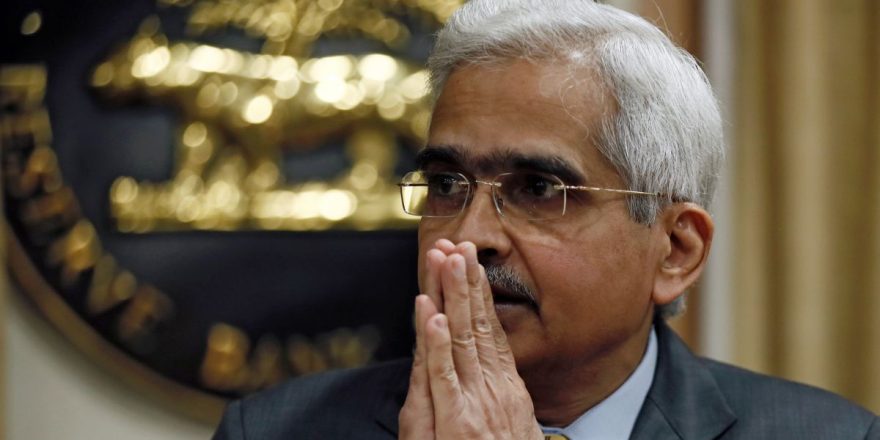REVEALED: How RBI Operated During Covid
200 staffers, consisting of RBI officials and support teams, who are essential to perform critical functions, were isolated at a separate facility in a dedicated quarantined environment near all three RBI data centres.
The Reserve Bank of India went on a war footing and created a ‘bio-bubble’ arrangement across its data centres to ensure all its critical functions ran with zero downtime and full efficacy during the pandemic.
The crisis management team approved the setting up of the bio bubble on March 17, 2020, a week before the nationwide lockdown was announced.
To ensure adequate supply of currency to the public, bank notes and coins in various denominations were transported by arranging dedicated trains and airlifting of currency.
These were among the hundred measures that were taken by India’s central bank during the Covid period to ensure financial stability.
‘We in the RBI mobilised on an unprecedented scale and speed to put in place a cross-functional response that ensured the discharge of all our responsibilities and mandates effectively without compromising on the well-being of our employees and their families,’ Governor Shaktikanta Das said in the foreword to Compendium on Business Continuity Measures.
This is the first time that the RBI put out the details of measures carried out during the pandemic.
The idea behind the measures was to insulate the economy and the financial sector; ensuring uninterrupted conduct of its crucial functions and maintaining business continuity; supporting its employees, service providers and other stakeholders, the central bank said.
According to the documents released, 200 staffers, consisting of RBI officials and support teams, who are essential to perform critical functions, were isolated at a separate facility in a dedicated quarantined environment near all three RBI data centres.
‘As the pandemic situation improved, CMT decided to gradually wind up bio-bubble arrangements with an alternate plan in place for the future. With the onset of the third wave, however, bio-bubble arrangements were put back in place and dismantled only after ebbing of the pandemic wave,’ the document said.
As a result of this, the entire operations of the RBI’s centralised payment systems, treasury, core banking solutions (eKuber), transactions in government accounts, and the RBI’s internal accounts and systems relating to currency management ran uninterrupted from these data centres.
‘The staff were rotated every fortnight, after thorough screening by the RBI’s in-house doctors. The rotation was done for 538 days, ensuring employee welfare and business continuity through unhindered operations,’ the central bank said.
The central bank monitored the availability of cash in ATMs across the country daily.
In order to fulfil its supervision role, the RBI adopted a balanced approach for deployment of resources for off-site assessment and on-site inspection of banks.
In virtual mode, senior supervisory manager (SSM) teams engaged with the senior management of banks on a continuous basis on issues emanating from off-site surveillance and monitoring.
Data was obtained from banks for conducting off-site examination so that on-site visits could be minimised.
Onsite inspections were conducted by adhering to all the protocols.
‘To proactively sensitise the top management of the supervised entities, a series of meetings were convened online on cyber security preparedness and broad cyber/IT threats,’ the RBI said.
Apart from these, the RBI took several measures on the monetary policy side – reducing repo rate substantially, pumping in liquidity into the system, etc, to ensure early recovery of growth.
They provided forbearance on loan repayments to ease the pressure of borrowers.
‘Going ahead, this comprehensive approach to ideate, innovate and implement would be iterative and the RBI stands committed to respond, monitor, design and optimise processes and policies so as to drive continuous improvements to its workflows and enhance outcomes,’ the RBI said.
Source: Read Full Article

